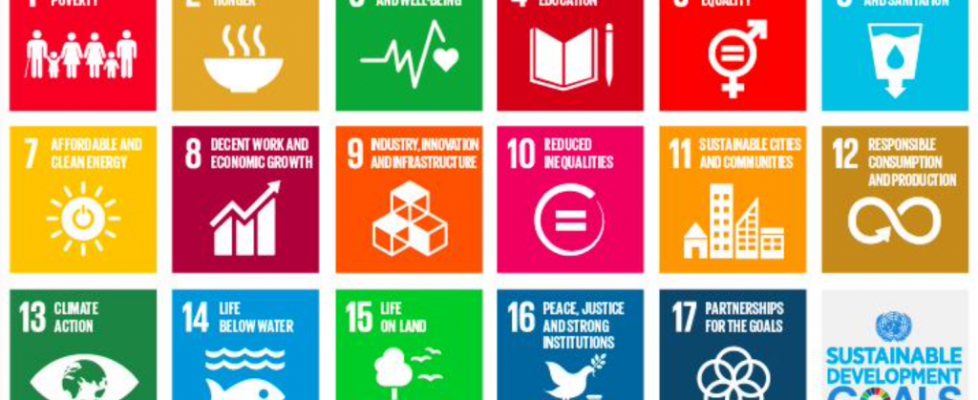Planet
As one of the four pillars of the Fashion Business School, Planet specifically focuses on sustainability in relation to fashion. It intends to raise the awareness to seek for the better fashion industry that cares for our planet and ensures consistent development and growth of the industry.
The relationship between sustainability and fashion is interactive. According to Drapers, the fashion industry alone contributes to about 10% of global carbon emissions and 20% of worldwide water waste (Drapers, 2021), which can be counted as one of the most wasteful on the planet and greatly reduces sustainability. But at the same time, fashion also depends on sustainability for survival and development. Sustainability is recognized as one of the main factors that offers fashion’s biggest opportunities for growth (Mckinsey, 2022). This two-way relationship makes it obvious that sustainability in the fashion industry is a must.

(Mckinsey, 2022)
As a result, the economic model is gradually shifting from traditional linear economy (make, use, dispose) to circular economy, which repair, reuse, adapting are the key concepts. This ensures that every single product and every piece of material can be used to the maximum extent and play its value as much as possible. Further more, it means that people’s consumption habits need to be changed. People need to rethink the value of their ‘things’ and the relationship between themselves and the ‘things’ as well as the planet to support the operation of circular economy.
Among the 17 SDGs that Planet focuses on, Good Health and Well-Being is one SDG that belongs to the economic pillar and closely related to the fashion industry. The basic needs of people in health and well being has an impact on the fashion industry, which in turn helps the industry to achieve this SDG. Whether a fashion product has fulfilled its own mission: to cover the body or to keep warm, determines people’s psychological and physiological health. While pieces that are more high-end, decorative or with brand effect can promote people’s well being. For example, on the basis of ensuring that fashion is healthy for people, the pieces made of superior materials such as silk or cashmere have further improved people’s sense of experience in well being and their physical and psychological satisfaction. In addition, the fashion industry is also paying more attention to this SDG. For instance, Ralph Lauren uses 25% of the tag price of the goods sold by its Pink Pony line for cancer related treatment to achieve the SDG of Good Health and Well-Being.
References
Isabella F., 2021. Colorful Standard: ‘We do not believe in seasons, trends or Sales’. [online]. Available at: https://www.drapersonline.com/insight/colorful-standard-we-do-not-believe-in-seasons-trends-or-sales [Accessed 7 October 2022].
Mckinsey, 2022. The State of Fashion 2022 Report. [online]. Available at: https://www.mckinsey.com/~/media/mckinsey/industries/retail/our%20insights/state%20of%20fashion/2022/the-state-of-fashion-2022.pdf [Accessed 7 October 2022].
